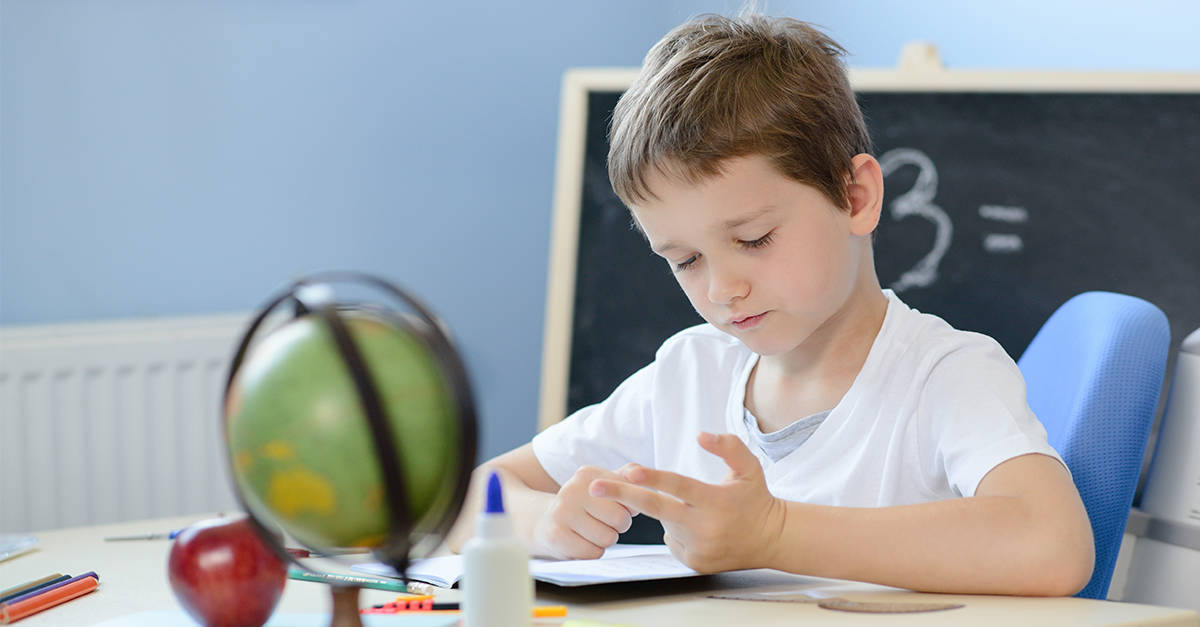
Addition and Counting on for Kids – Mental Math Strategies
How to Teach Kids Addition and Counting on?
There are different mental math strategies used with kids to educate them when it comes to math. These different mental math strategies are used to make the whole process of adding or subtracting easier for the kid. The mental math strategy we are bringing in this video is about teaching kids to count on and add. Counting on and addition are simple and easy when the numbers are small, but they might be a little bit more complicated when the numbers are a little bit bigger.
How is this Addition Method Calculated?
There are three different steps that the kid will go through: identifying the bigger number, partitioning the smaller number, and using the chunks to count on. Every single step of these helps the child to understand the whole process step by step instead of getting lost midway without realizing what to do.
The first step of identifying the bigger number is for one important reason which is keeping that bigger number in mind and counting on the smaller one, even if it would be with the help of the fingers.
The second step which is related to partitioning the number is important because it makes it easier to count it on fingers or in mind. The third and final step is about bringing those partitioned numbers together to get the final answer.

There are different mental math strategies used out there for kids, but partitioning is considered one of the most famous out there.
In addition, the placement or the order of the numbers is not necessary like subtraction and that’s why kids could reorder the equation in order to keep the bigger number at the beginning and not get confused while doing so in mind, and then start counting on the smaller one after the steps that will be dealt with.
Bringing an example to make it easier for the child to understand it. Let us consider that the equation which will need to be solved is 43+21, how will the kid deal with it according to the mental math strategy we have just explained?
First of all, the kid will sort out the bigger number which is 43, and set it aside and in mind. The second part is partitioning the smaller number which is 21 to tens and units, so it will be 20 and 1.
The final and third step is all about combining those chunks so it will be 43+20=63 and 63+1=64. This brings us to the final answer in the whole equation which is 43+21=64.
Talking about those different mental math strategies that are found out there, there is the reordering and partitioning, the subtraction mental trick of partitioning and removal, the counting on a strategy that is used with subtraction, addition working on place value, and many more which help in making addition and subtraction much easier for the child.
Since it is referred to as a mental math strategy, parents should understand that kids could start by recording their answers on a piece of paper or even by counting on their fingers, but eventually they should come to the point of doing all these different calculations mentally without going back to recording any of them down.
Practicing is important when it comes to learning and that’s why keep trying this mental math strategy with your kids several times before considering them good at it or else not. Kids learn at different paces and some might take longer times than others when it comes to new methods and strategies, so parents should never worry because eventually, they will learn what they are being taught, all that they need is a lot of practice.
Always speak through the steps with your child to let them understand what you are doing and at the same time teach them the vocabulary and terminology used to make it easier for them later on, such as letting them know that addition is the same as counting on, plus, combining, etc. so that they don’t get mixed up in the middle of the way and manage to choose the term that is the easiest for them at the end.
If you want to be good at addition, you should know the Place Value well. Let’s Learn the Place Value:

What is the Place Value?
Place value is the value of a digit depending on its position in the number including “Ones, Tens, and Hundreds”.
What are the natural numbers?
They are the counting numbers 1,2,3,4,5,6,7,8,9…, they are used for counting purposes. Natural numbers include all positive integers but they don’t include 0.
Ones
They are considered the smallest natural number.
347
Here 7 are the smallest natural number “Ones”.
Tens
The value of tens is greater than ones. They are the second digit to the left. They are numbers greater than 9 such as 10, 11, 12, 13…..99.
347
Here 4 are the Tens.
Hundreds
The value of hundreds is greater than tens. They are the third digit to the left. They are numbers greater than 99 such as 100, 101, 102, 103, ….999.
347
Here 3 are the Hundreds.
Let’s have some Practices:
- The place value of 3 in 365 is……Hundreds…”300”..
- The place value of 2 in 123 is……Tens…”20”……
- The place value of 9 in 539 is…….Ones…”9”……
- The place value of 1 in 154 is……Hundreds…”100”..
- The place value of 5 in 752 is……Tens…”50”……
- The place value of 8 in 18 is…….Ones…”8”……
- The place value of 6 in 868 is……Tens…”60”……
- The place value of 4 in 428 is……Hundreds….”400”.
- The place value of 7 in 576 is……Tens…”70”……
- The place value of 2 in 235 is……Hundreds…”200”…
Write the Place Value “Number Expansion”
- 426 = ..400..+..20..+..6..
- 63 = ..60..+..3..
- 897 = ..800..+..90..+..7..
- 54 = ..50..+..4..
- 493 = ..400..+..90..+..3..


Leave a Reply